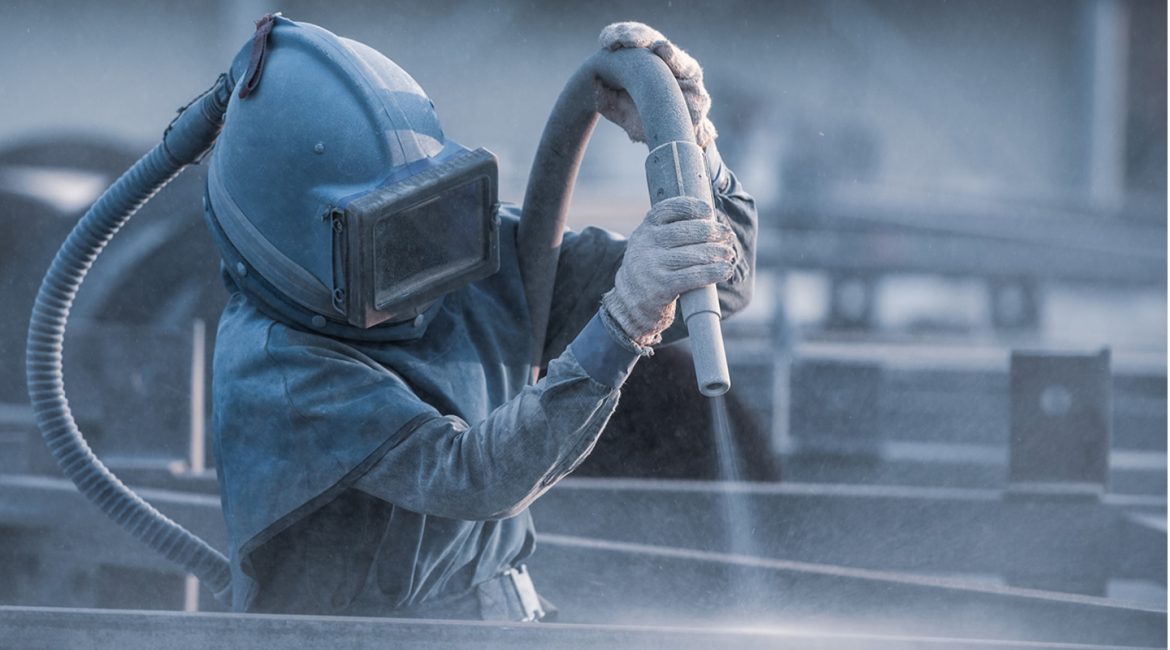Laser cutting technology has become essential in modern manufacturing due to its precision and efficiency. However, when it comes to certain plastics, especially Polycarbonate (PC), using heat-based methods requires extra caution. Although laser cutting polycarbonate is possible, its material properties make it a less ideal choice, presenting significant safety and quality challenges.
Laser Cutting Technology Overview
Laser cutting utilizes a highly focused, high-energy laser beam for precise cuts. Common industrial laser types include:
- CO2 Lasers: Primarily used for non-metallic materials like wood, acrylic, and fabrics.
- Nd:YAG Lasers (or Fiber Lasers): Commonly used for metal cutting and also suitable for laser cutting polycarbonate due to their wavelength characteristics. · Risks and Challenges of Laser Cutting Polycarbonate
When laser cutting polycarbonate (PC), the material’s sensitivity to heat and its chemical composition pose several difficulties:
- Toxic Fume Generation: High-powered laser beams can decompose PC, producing toxic gases like carbon monoxide and hydrogen cyanide. Without adequate ventilation, this poses a serious health threat to operators. Therefore, proper ventilation is a must.
- Heat Sensitivity: PC is highly sensitive to heat. It’s prone to melting, burning, discoloration, or warping. This makes achieving clean, smooth edges difficult, often resulting in meltback.
- Thermal Stress and Warping: Overheating can cause thermal stress, leading to dimensional inaccuracies and distortion in the material.
- Additive Issues: PC sheets with coatings or additives may release additional toxic gases and byproducts when heated, complicating the cutting process.
Therefore, unless there are specific needs and stringent control of parameters and safety measures, laser cutting is not recommended as the preferred method for PC.
Safety First: Precautions for Laser Cutting PC
If laser cutting PC is necessary, ensure you follow these crucial safety steps:
- Forced Ventilation: Install and use an efficient exhaust system to immediately remove toxic fumes.
- Personal Protection: Wear appropriate Personal Protective Equipment (PPE), including gloves, – protective clothing, and masks.
- Fire Preparedness: PC is flammable. Keep the work area clean and have fire extinguishers readily available.
- Parameter Optimization: Carefully adjust the laser’s power, speed, and focus to minimize heat buildup and thermal damage.
- Proper Waste Disposal: Dispose of all plastic waste properly.
Optimal Polycarbonate Cutting Solutions
Considering the challenges of laser cutting PC, there are more efficient and safer alternatives:
- CNC Routers: These offer high-precision cutting. Mechanical cutting avoids high temperatures, eliminating thermal stress and toxic fumes.
- Waterjet Cutting: This uses high-pressure water and abrasives to cut, generating no heat. It’s one of the best methods for achieving extremely high precision and clean edges.
- Traditional Tools: For thinner sheets, the score and snap method or using a table saw/jigsaw are viable, low-cost options, although with lower precision.
Acrylic vs. Polycarbonate: Laser Cutting Suitability
In the realm of plastic laser cutting, Acrylic is another commonly mentioned material, but its properties differ significantly from PC:
- Acrylic: It is exceptionally well-suited for CO2 laser cutting. It vaporizes upon cutting, producing smooth, polished-like edges and a small heat-affected zone. This makes it ideal for creating signs and decorative items.
- Polycarbonate: Requires fiber lasers. It tends to melt rather than vaporize when cut, leading to rough or melted edges, requiring additional post-processing. Strict control of toxic fumes is also essential.
In conclusion, when cutting PC, prioritize heat-free mechanical cutting or waterjet cutting. If laser cutting is unavoidable, prioritize safety and focus on ventilation and parameter control.

